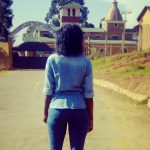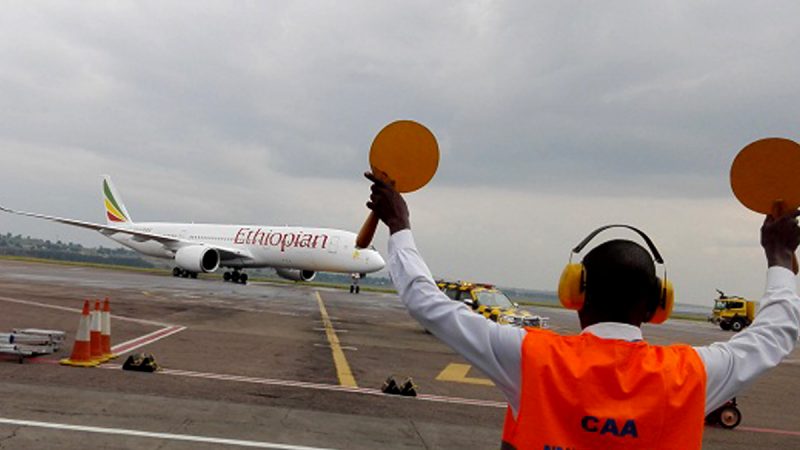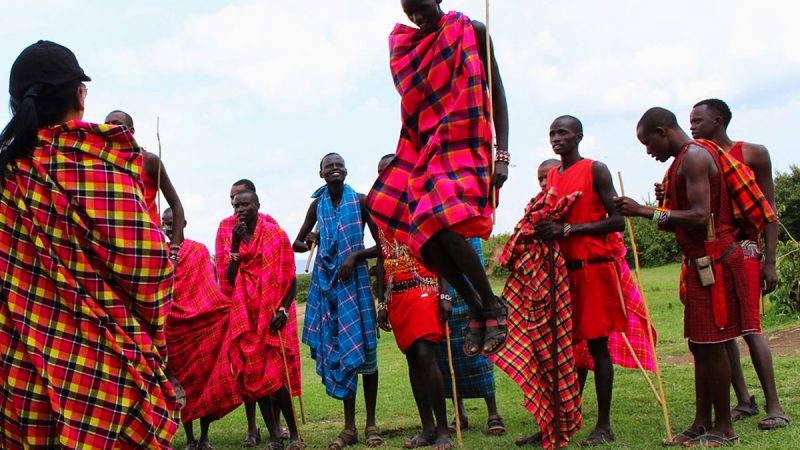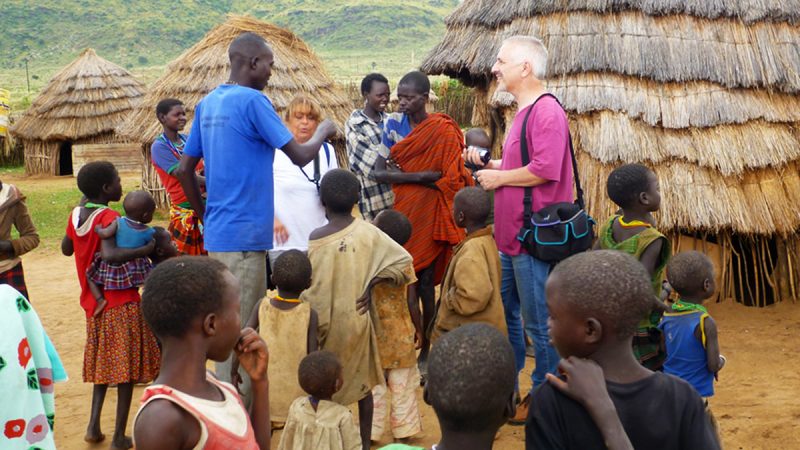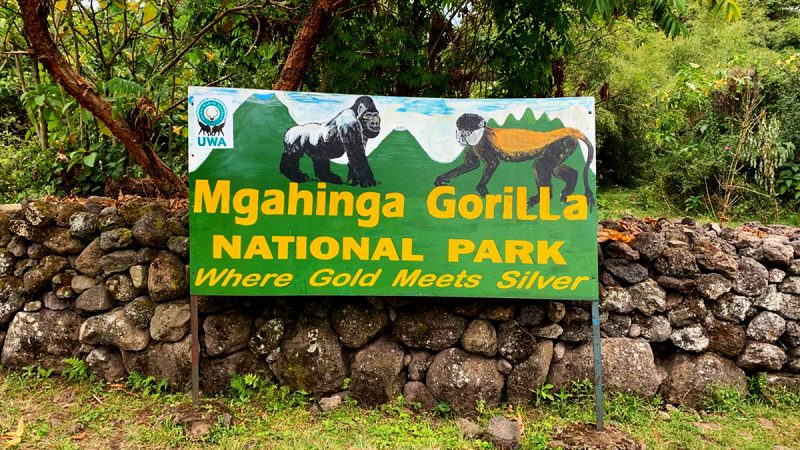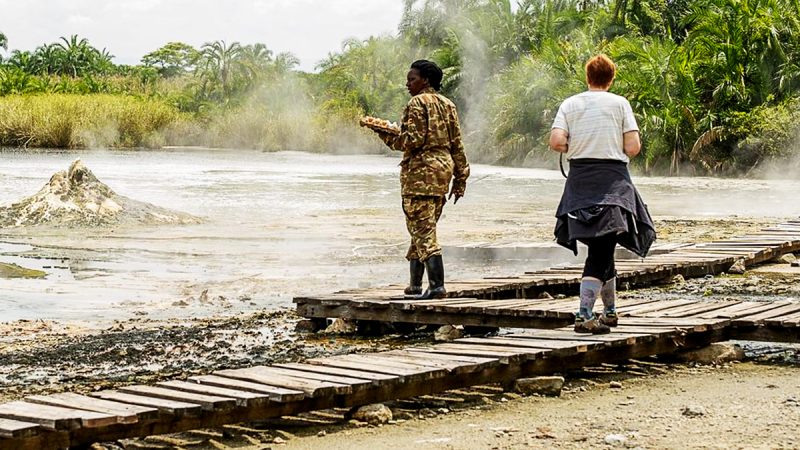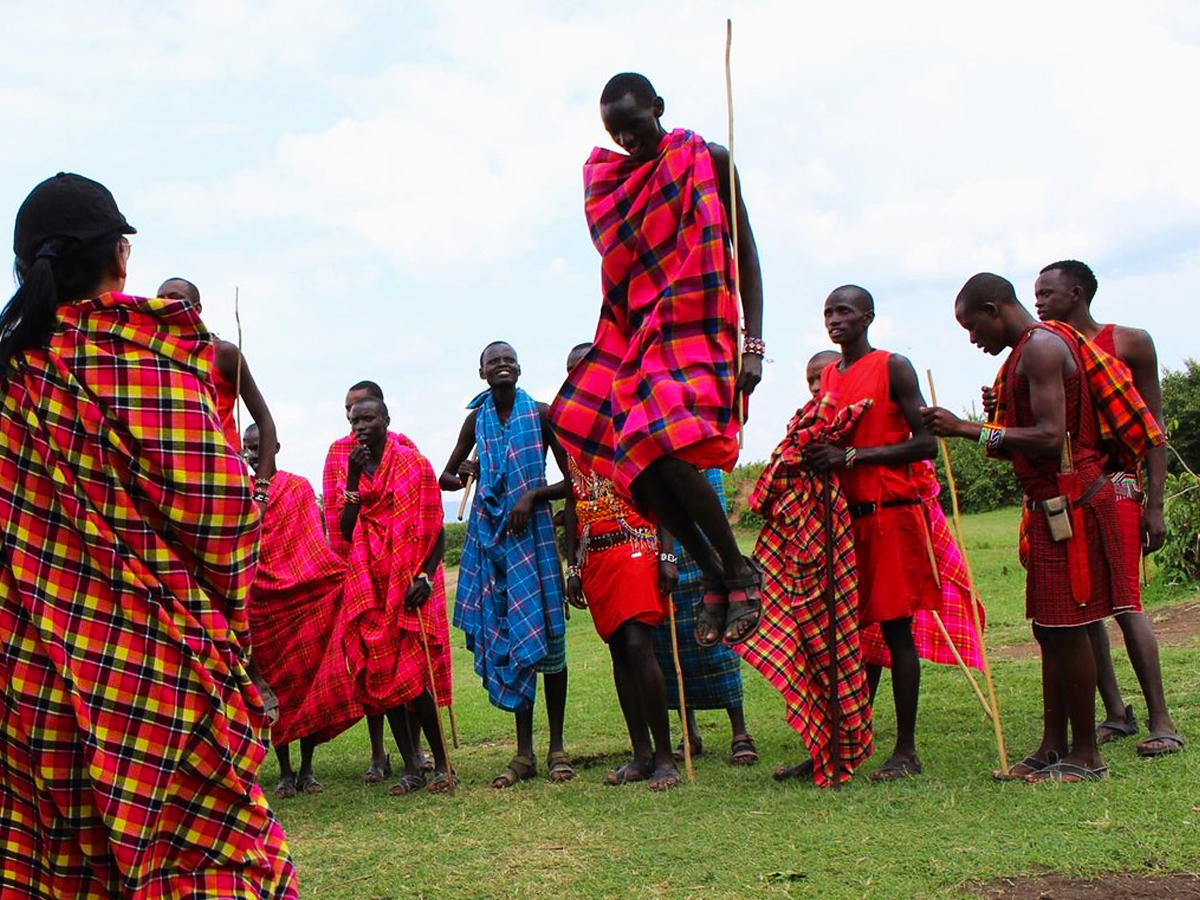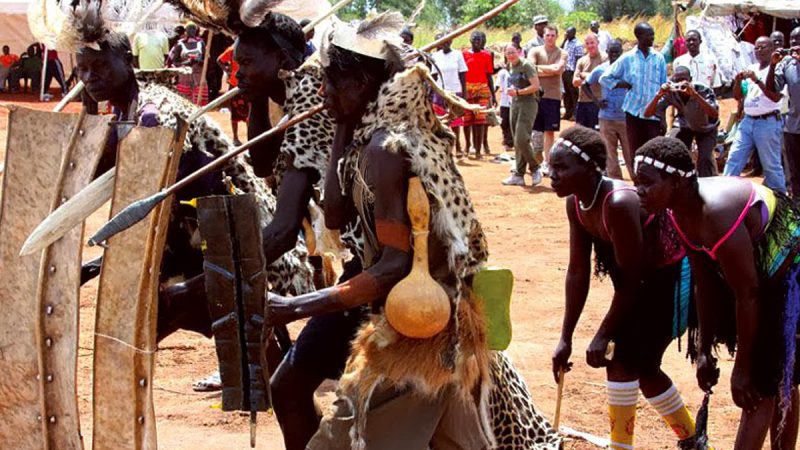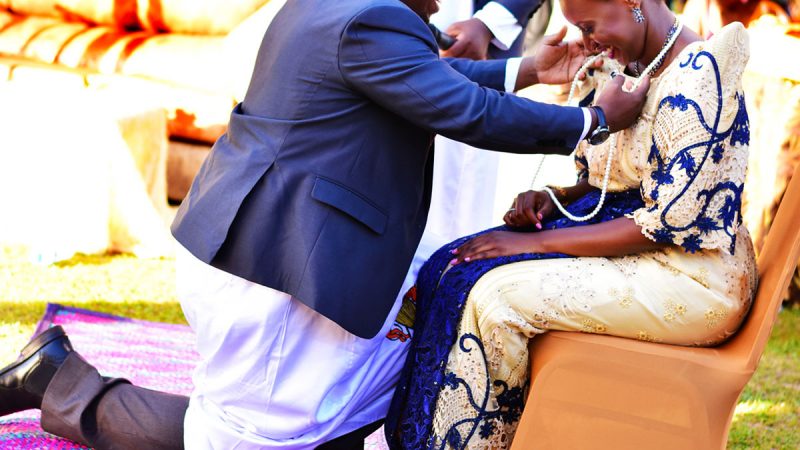Kenya is located in east Africa, bordering the Indian Ocean in the east, it lies between Somalia in the northeast, Ethiopia to the north, Tanzania to the south and Uganda to the west. The capital of Kenya is Nairobi with 51+ million people from the 2019 estimation and a republican government. The country takes its name from Mount Kenya which is located in the central highlands.
The earliest inhabitants of present day Kenya were Cushitic-speaking tribes that originated from the northwest region from Ethiopia around 2000 B.C.E, the eastern cushites arrived 1000 years later and other tribes from various parts of Africa in 500 B.C.E to 500 C.E. There are different religions in Kenya and ethnic makeup with over 44 tribes (13 ethnic groups and 27 smaller groups) with majority of Kenyans belonging to Bantu tribes followed by Nilotic and then Hamitic tribe. The biggest population of Kenyan tribes is kikuyu 22%, luhya 14%, luo 13% , Kalenjin 12% kamba 11% Kisi 6% Meru 6% other African 15%, non-African( Asian, European, and Arab) 13%. This makes Kenya a multilingual country although the official language is Swahili and English. There are however a total number of 62 languages spoken in the country.
Bantu speaking tribes:
Kikuyu, kamba, Meru, Embu, Tharraka, Gussi, kuria, mikikenda, Swahili, pokomo, segeju, Taveta, Taita.
Nilotic speaking tribes:
Maasai, Samburu, Teso, Turkana, Elmolo, Kalenjin, Marakwet, Tugen, Pokot, Elkony, luo
Cushitic speaking tribes
Rendile, Somali, Boran, Gabbra, Boni.
There are a couple of other smaller groups apart from the ethnic groups, here are some of the most prominent tribes that visitors in Kenya can easily recall like the Maasai, kikuyu, Kalenjin and Somali:
KIKUYU, BANTU ETHINIC GROUP.
The term kikuyu comes from a Swahili word Gikuyu which means “large sycamore tree” and hence Gikuyu translates to children of the huge sycamore. They are the largest ethnic group in Kenya who speak the Bantu kikuyu language with 8.1 million people which is like 17% of the population in Kenya. They are related to embu, Meru, mbeere, kamba, sonjo and some other north-eastern Bantu people and these lie mainly in the vicinity of Mount Kenya.
The origin of kikuyu people is not clear however archaeologists suggest that they moved north of MT Kenya with a larger group called thagicu from around 3rd century. Religiously, they are monotheists’ believing in a god called Ngai. The kikuyu people usually performed rituals like sacrifices under a sycamore tree or a fig tree in case the sycamore tree wasn’t available, the fig tree is known to be sacred for the women in the kikuyu culture.
These trees serve as places of worship and sacrifice which marks the spot for the unseen god, they believe that Ngai can be manifested in the sun, the stars, the moon, meteors, comets, thunder, rain, lightening and the great fig trees. They also believe that everything we see has an inner spiritual force and the most sacred though unspoken ontology is being force.
Politically, every possible rulers were put into an initiation group for nine years which was known as muhingo. This was a system adopted in the metumi murang’a and the army sets special names and these names vary within the kikuyu land. Girls on the other hand were initiated every year, several regiments sets therefore made-up the ruling generations that lasted in the average of 35 years. On handing over the government, there was an important ceremony in which the old guard would hand over the reins of government to the next generation. This was done to avoid dictatorship however it was later decided that the government should be democratic.
Economically, the kikuyu were and are still great farmers and shrewd business people however, besides farming they were involved in small scale industries with professions like bridge building, string making, wire drawing and iron chain making. The women usually wore these iron makings around their ears and nose and beads around their necks, this was a sign of womanhood and beautifying way.
THE MAASAI TRIBE
These are indigenous ethnic group of people with a semi- nomadic lineage who speak a language called maa. Maa is derived from Nilo-Saharan language which is related to dinka and nuer however they also speak Swahili and English.
The Maasai originated from Lake Turkana in the lower Nile valley and they began migrating in the 15th century. They are originally pastoralists and cattle raiders and this cattle raiding behaviour is believed to have got them into Kenya. Since the Maasai are locally nomadic people, Maasai women build an inkajijik either circular or loaf shaped and are highly impermanent. Their villages are built in a circular fence called “enkang” built by men mainly to provide protection to the women, children and their animals at night from raiders and wild animals. As a way of protecting themselves, the Maasai made orinka clubs of young men who were capable of throwing spears to about 100 metres.
Today, they are believed to be 900000 Maasai people in Kenya and are known to be there foremost African ethnic group internationally however, they’re reserved traditionalists and have continued to resist the government of Kenya which calls them to adopt the modern lifestyle.
Religiously, they are monotheistic people who believe in a god called Engai. Their culture is quite different from many other cultures, politically, the elder Maasai men are sometimes joined by the younger Maasai men to determine the matter facing the tribe. They never have a formal burial ceremony for the dead since it was believed that the human dead bodies are harmful to the soil. Therefore, the dead are left out in the fields to rot or for scavengers and burials were specifically for chiefs only. They are polygamous in nature and children plus cattle is considered as wealth, any man who has few cattle and many children is considered poor and so is vice versa.
They culturally circumcise the young men in the Maasai culture and these are supposed to wear black clothes. They are known for their famous craft making with shoes and beads that are won by both men and women, they are usually colourful especially the shuka, the cowhide sandals and with a wooden long stick (orinka) in their hand for ease. Cattle is their main source of food for the Maasai people with bitter herbs collected from the forests.
KALENJIN PEOPLE
The Kalenjin people who speak Kalenjin language reside mainly in the rift valley province in Kenya are divided into 10 subgroups like kipsigis, Nandi, keiyo, ogiek, lembus, tugen, marakwet, sabaot, terik and pokots. They are believed to have migrated into Kenya from the eastern middle Nile basin of the Abbai River in the present day Khartoum. They were domestic keepers and mainly grew sorghum and finger millet, their language groupings belong to the Nilotic family however Kiswahili and English is spoken most.
Among the Kalenjin people, they perform different initiation customs as a component in the Kalenjin identity like circumcision and this initiation process signifies the transitioning of a boy to manhood. Their marriage ceremonies include the proposal and the wedding ceremony which is entirely cultural however, today the couple is officiated by the pastor.
The elders in the Kalenjin society have a council of elders called the myoot council of elders which has many elders from different sub tribes. These help in making decisions and counselling especially for the young and disputes in the society. The Kalenjin people are very creative and decorative when it comes to art and crafts and this is part of their culture. They make a lot from gourd calabashes which are known as sotet which are rubbed with oil and adorned with small coloured beads.
Kenya’s diverse traditional cultures have been lost to the modern cultures today which has not only left the culture and political life for people turned but the religious life too. Today, the Kenyan constitution guarantees freedom of religion and all the traditional religions are looked at as taboos. The etiquettes and customs for example meetings, marriage, communication styles are quite different now.


